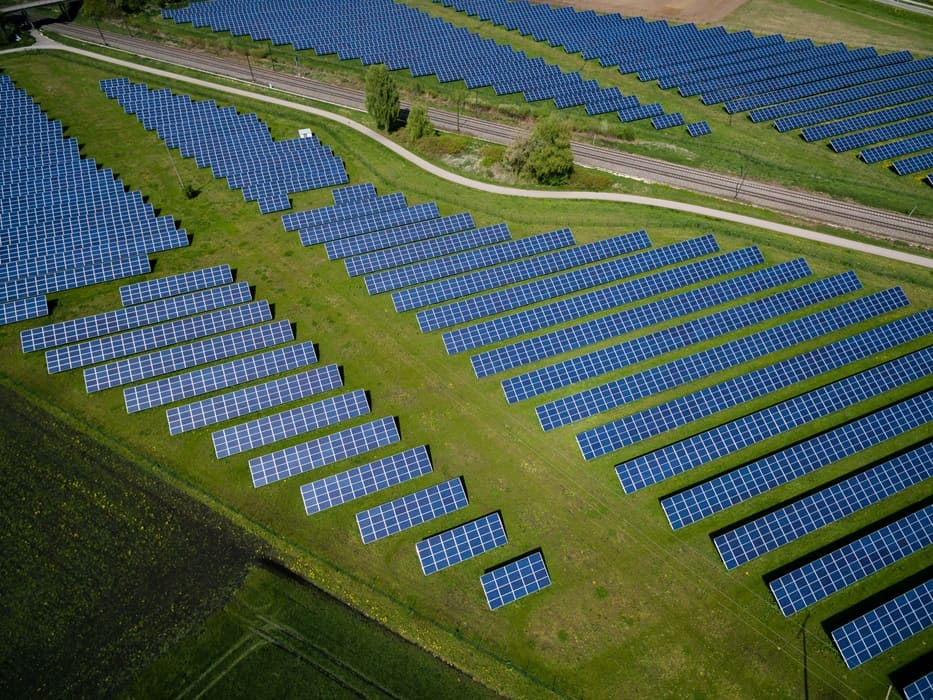Environmental concerns are more pressing than ever, and the movement towards eco-friendly homes has gained significant momentum. If you want to learn how to make your home more sustainable, these practical tips can help you create an environmentally responsible and cost-effective living space.
Table of Contents
Energy Efficiency
Creating a more sustainable home begins with improving energy efficiency. Here are a few ways you can make your home more energy-efficient:
1. Switch to LED Bulbs
Switching to LED bulbs is one of the simplest ways to be sustainable at home. LED bulbs use at least 75% less energy and last 25 times longer than traditional incandescent bulbs. This switch cuts down on energy consumption and significantly reduces the need for frequent replacements, contributing to less waste.
2. Install a Programmable Thermostat
Programmable thermostats allow you to set temperature preferences for different times of the day and offer specific settings for when the house is unoccupied. They can also reduce unnecessary heating and cooling by automatically adjusting the indoor temperature, resulting in lower energy use and costs.
3. Seal Leaks and Insulate
A well-sealed and insulated home goes a long way in energy efficiency. Proper insulation in walls, attics, and floors minimizes heat loss in winter and heat entry in summer, ensuring that your heating, ventilation, and air conditioning (HVAC) system does not work overtime. Sealing leaks around doors, windows, and other openings further enhances this effect, making your home more energy-efficient and comfortable.
Water Conservation
How can people conserve water at home? These simple practices can help significantly reduce water usage:
4. Install Low-Flow Fixtures
Low-flow fixtures like showerheads and faucets are designed to use less water than standard models without compromising performance. Your household can save hundreds of gallons of water each year by simply switching to low-flow showerheads and faucets, leading to reduced water bills and a lower environmental impact.
5. Consider a Rainwater Harvesting System
This eco-friendly approach reduces your reliance on municipal water by collecting and storing rainwater from rooftops for later use in gardening, cleaning, or even washing cars. It’s an efficient way of recycling water, and it can also contribute to reducing flooding and soil erosion.
6. Fix Leaks Promptly
A dripping faucet or a leaking toilet can waste a staggering amount of water — up to 10,000 gallons a year in some cases. Regularly checking for leaks and addressing them immediately conserves water and prevents potential damage to your home’s structure and foundations.
Waste Reduction
Reducing waste is crucial to creating a sustainable home, with composting, recycling, and minimizing plastic use standing out as key practices.
7. Compost
Composting organic waste like vegetable peels, coffee grounds, and eggshells not only reduces the amount of waste going to landfills, but also enriches your garden’s soil. The compost acts as a natural fertilizer, introducing beneficial organisms to the soil that aid plant growth.
8. Recycle
To implement an effective recycling system at home, you need to first understand which materials can be recycled in your area. Begin by setting up separate bins for paper, plastics, metals, and glass to make your recycling efforts more efficient. Additionally, take the time to educate your family members about the importance of recycling and the correct way to do it. This ensures that everyone develops good habits that contribute to reducing waste.
9. Reduce Plastic
Reducing the use of single-use plastics by opting for reusable bags, bottles, and containers is another impactful way to decrease waste. Single-use plastics are a major source of pollution, harming wildlife and ecosystems. By choosing alternatives, you cut down on waste and lessen the demand for plastic production, which is often energy-intensive and polluting.
Sustainable Living Practices
Adopting these sustainable living practices is essential for creating a more eco-friendly home.

10. Use Eco-Friendly Cleaning Products
Traditional cleaning agents often contain harsh chemicals that can harm the environment and your health. Natural cleaning products from ingredients like vinegar, baking soda, and essential oils offer a powerful and safe alternative. They effectively clean without leaving behind toxic residues or contributing to air and water pollution.
11. Consider a Plant-Based Diet
Meat and dairy production is resource-intensive, contributing significantly to greenhouse gas emissions. Reducing meat consumption can lower your carbon footprint and promote more sustainable land use. Even small changes, such as participating in Meatless Mondays, can have a considerable effect over time.
12. Support Local and Sustainable Businesses
Purchasing locally reduces transportation emissions associated with long-distance shipping and supports the local economy. Opt for products from companies that prioritize sustainability through their sourcing, manufacturing, or business practices. This approach helps lessen your environmental impact and promotes a shift towards a more sustainable economy.
Green Energy Solutions

Implementing solar panels, switching to green energy suppliers, and using energy-efficient appliances are effective ways to transition to green energy,
13. Consider Solar Panels
Harnessing the sun’s power through solar panels is a fantastic way to create a sustainable home. Solar panels generate renewable energy, reduce electricity bills, and may even qualify you for tax credits. However, consider factors such as your home’s location, roof direction, and local climate for optimal results.
14. Switch to Green Energy Suppliers
Many energy providers now offer options for purchasing electricity from renewable sources such as wind, solar, and hydro. By choosing these options, you can support the growth of renewable energy infrastructure, even if installing solar panels isn’t feasible for your situation.
15. Use Energy-Efficient Appliances
Appliances with the Energy Star label meet strict energy efficiency guidelines set by the U.S. Environmental Protection Agency. Replacing old, inefficient appliances with these models can significantly reduce electricity use and emissions and save money on utility bills. You may also receive a homeowners insurance discount for making this switch, depending on your insurer.
Conclusion
Creating sustainable homes is not just a trend, but a necessity in our collective journey towards a healthier planet. No matter how small, each action contributes to a larger change, making our homes more eco-friendly and our lifestyles more sustainable.



